Here’s How The Original Story Of “The Little Mermaid” Compares To The Disney Movies
The story of “The Little Mermaid” has delighted countless generations, both as a fairy tale and the two film adaptations it inspired. But the big question remains: Which is better, the book or the movie?
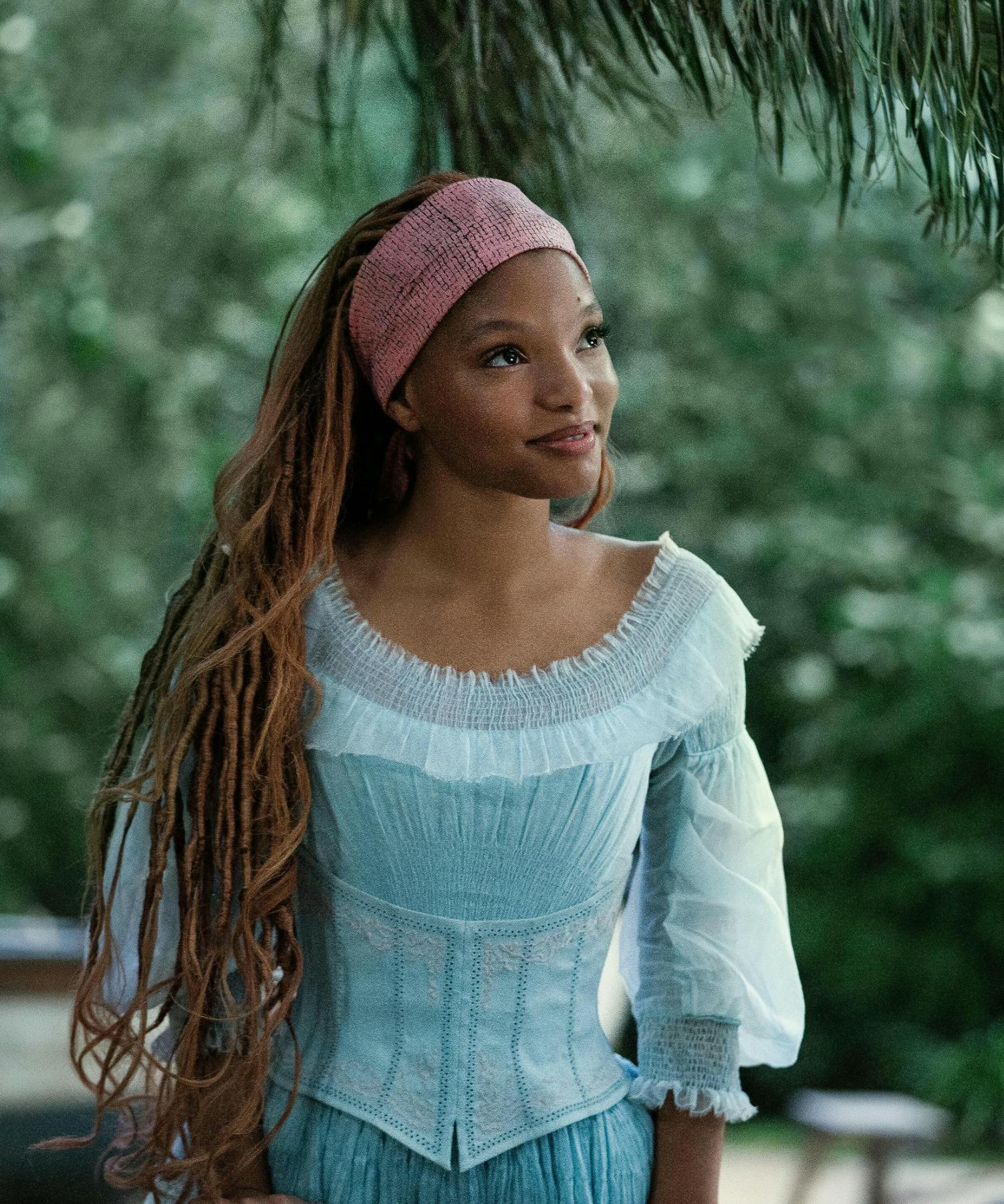
Hans Christian Anderson, the story’s author, is well known for his beloved children’s fairy tales, such as The Princess and the Pea and The Ugly Duckling. Published in 1837, The Little Mermaid is one of Anderson’s most memorable tales – there’s even a statue of the Little Mermaid in the harbor of Copenhagen.
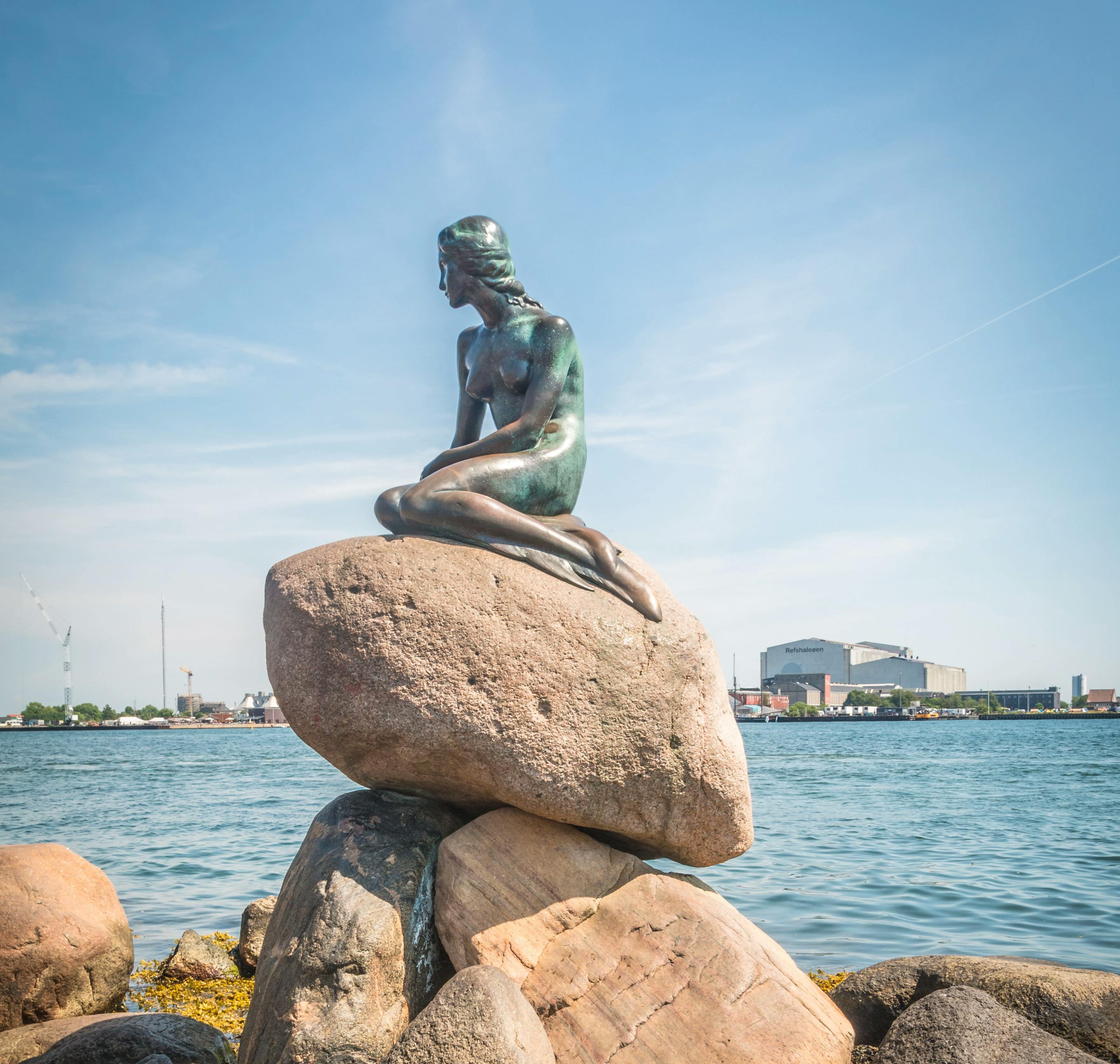
The fairy tale became even more famous in 1989 when Disney released its animated adaptation of the story. Full of vivid color, catchy songs, and a thrilling romance, The Little Mermaid was a blockbuster success and is credited with breathing new life into a dying animation company. Because Disney has caught the remake bug in recent years, we saw another adaptation of The Little Mermaid earlier this year. The new live-action adaptation was met with controversy over the casting of Halle Bailey as Ariel, but was a box office success and has set streaming records on Disney+.
I’ll admit my bias – I usually think the book is a lot better than the movie. But even though there are many differences between the original Little Mermaid fairy tale and the movie adaptations, I think there’s something to be gained from each version of the plucky little girl from the sea. Here’s a look at how the original story compares to the musical film adaptations.
The Movies Have a Happy Ending. The Fairy Tale? Not So Much
The Little Mermaid is a traditional fairy tale, which means it's pretty dark and scary. When Ariel gains her new legs and feet in the original fairy tale, they hurt “like treading on a sharp knife till the blood flows” – literally, in some instances. The original story takes more time to dwell on the pain that Ariel feels as a human being, but it doesn’t stop there. Ariel also doesn’t get the happy ending with her true love that we want her to have.
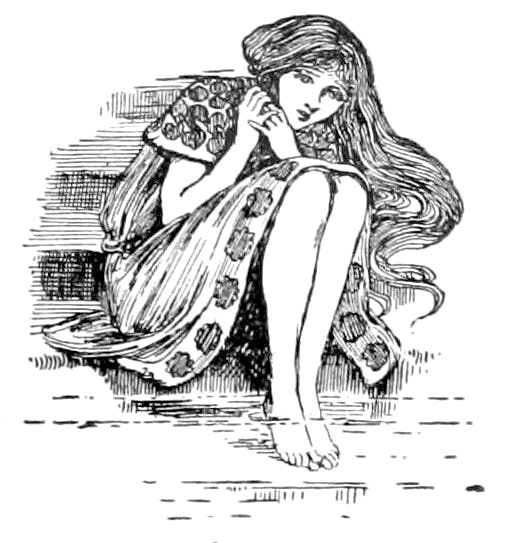
In the film adaptations, the spell is broken from Prince Eric’s eyes, and he is able to fight to save Ariel from the wicked sea witch Ursula. After defeating the sea witch together, they are able to be together and live happily ever after. But in the original fairy tale, the Prince marries a neighboring princess, and the Little Mermaid is given a choice the night before she will turn into sea foam: Either she can kill the Prince and turn back into a mermaid, or she will die at sunrise. She chooses to save the Prince so that he can be happy, and she turns into a cool evening breeze for her selflessness. I really hated this ending as a little girl, though I’ve grown to appreciate its bittersweet sadness as an adult. Something about separating the Little Mermaid from the Prince she loves just doesn’t feel right.
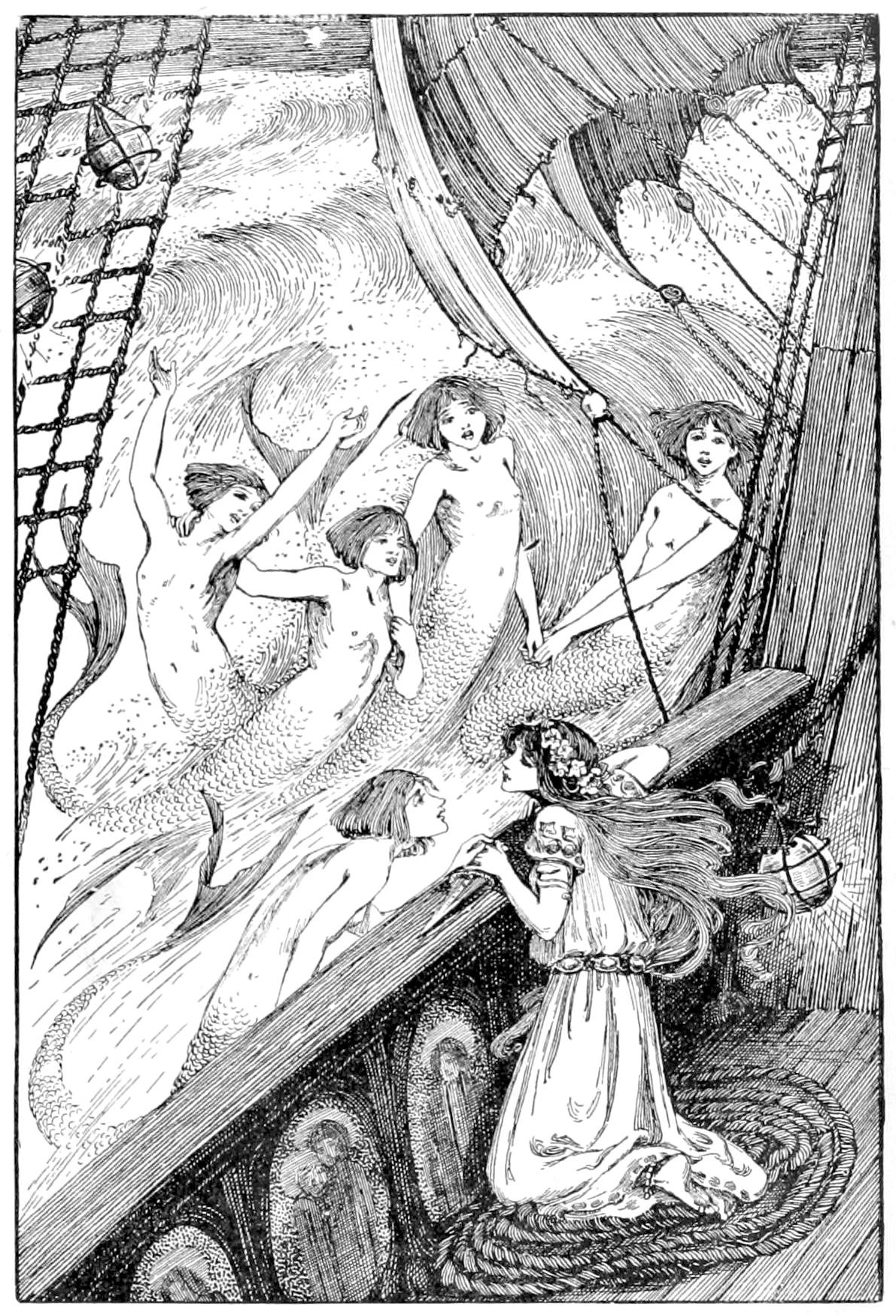
The tragedy of the original fairy tale comes from one key plot point: The Little Mermaid doesn’t sing to the Prince when she returns him safely to land. When he wakes, it’s to a human girl who finds him on the beach. Not knowing that the Little Mermaid is the one who really saved him, the Prince pines for the girl who found him – the girl he believes saved him. When the Prince discovers that the neighboring princess to whom he is betrothed is the mystery girl who found him on the beach, he is delighted to find the one his heart has been longing for.
The Disney films skirt this inconvenient tragic ending with a song – Ariel’s pensive reprise of Part of Your World, sung this time as a love song to Prince Eric, which he catches the tail end of. He’s haunted by the beauty of her voice and spends the remainder of both films looking for the mysterious woman (In the 2023 remake, he even sings a new ballad to her). Because Eric’s heart has really been with Ariel the whole time, it leads them back together just in time for a happy ending.
What Ariel’s Motivation Looks Like in Each Version
Each version of The Little Mermaid has the basic premise in common: The youngest daughter of the sea king longs to know the human world above. After she falls in love with a human prince, she gives up her siren song to become a human and join the prince on solid ground. Beyond this, there are lots of differences – chief among them is Ariel’s motivation for deciding to become human.
In Anderson’s fairy tale, the Little Mermaid’s love for the Prince is mixed with a desire for something else: an immortal human soul. The Little Mermaid’s grandmother tells her, “If a man got to love thee so dearly that thou wert more to him than father or mother, if he clave to thee with all his heart and soul, and let a priest lay his right hand on thine and vow fidelity to thee here and in all eternity … He would have given thee a soul, and yet have kept his own.” It’s a beautiful description of the way that marriage makes each person bigger than they were on their own, the eternity that committed love creates.
Yet as we’ve seen, in Anderson’s tale, the Little Mermaid doesn’t get the picture-perfect ending. Instead of gaining an immortal soul through marriage with the Prince, the Little Mermaid is given the chance to serve human beings as a cool breeze until she earns her way to immortal life. And because gaining an immortal soul was a large part of the Little Mermaid’s motivation, it’s a somewhat satisfactory ending.
The film adaptations give us that happy ending we really want, and in the process, they change the mermaid’s motivation. In the 1989 animated film, Ariel is still driven by love for the Prince, but her choices are tinged with a bit of teenage rebellion. Ariel is in direct conflict with her father from the beginning of the film, and her declaration that she’s “not a child anymore” because she’s 16 can’t help but remind me of feminist rhetoric about a woman’s choice. It’s unclear at first if Ariel makes the decision to give up her voice to be with Eric or simply to spite her father.

This makes the film’s ending scene especially important. Ariel doesn’t just get the man she loves – Eric helps her repair her relationship with her father, bringing peace to both human and mermaid worlds. Ariel reaffirms her love for her father, and Eric bows to King Triton in respect, signifying their relationships have been restored to health.
In many ways, the new live-action film tries to replicate the beloved animated film. But for those (like me) who are uncomfortable with Ariel’s tones of disrespect in the earlier adaptation, the live-action remake tries to tone down the notes of rebellion. Instead, they make the driving force of Ariel’s choices, and her conflict with her father, an overwhelming desire to explore. It’s a trait she shares with Eric, and their shared thirst for adventure becomes the foundation of their relationship.
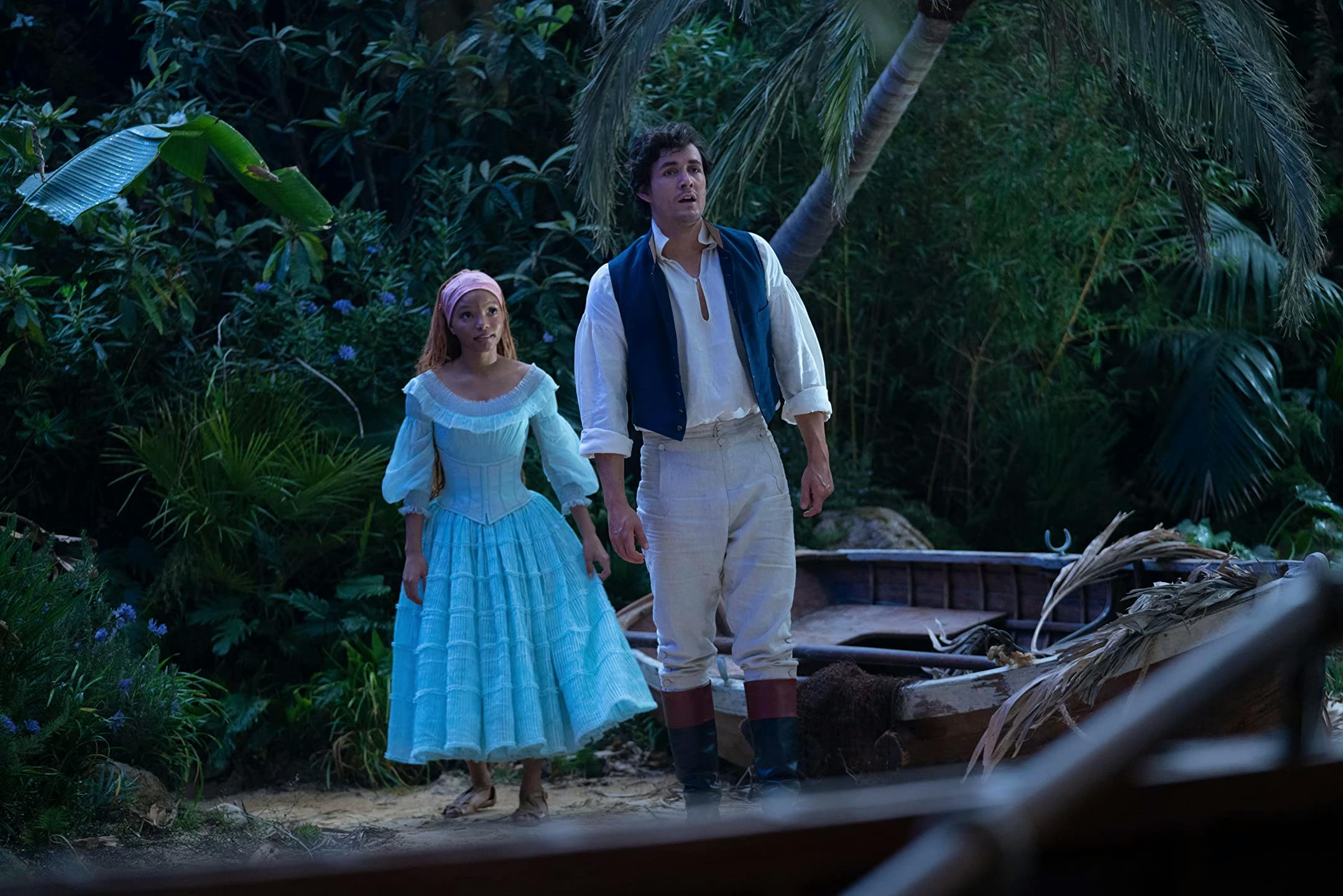
The Movies Depict the Beauties Described in the Fairy Tale
When comparing the original fairy tale and the film adaptations, it’s easy to focus on the differences. But there are important similarities, especially in the way that the films bring to life Anderson’s splendid descriptions of the mermaid kingdom under the sea and the human world above.
The original story begins with a vivid and imaginative description of the world under the sea. “The most wondrous trees and plants grow there, the stalks and leaves of which are so supple that they move to and fro at the least motion of the water, just as if they were living beings. All the fish, small and great, dart about among the branches just as the birds do in the air up here. In the deepest spot of all lies the King’s Palace.” Compare this to the bright entrance to the underwater world seen in the animated classic – it’s a pretty faithful picture.
It’s in their faithfulness to the details of these sequences that the films are the most similar to the story that inspired them. “The sailors were sprawling all about on the masts and rigging. Music and singing were going on, and as the evening grew darker, hundreds of variegated lamps were lit,” goes the fairy tale. “It was [the Prince’s] birthday, and that was why they were making all this display. The sailors were dancing upon the deck, and when the young Prince stepped out, more than a hundred rockets rose in the air…never had she seen such fireworks.” Take a look at how the two films brought this scene to life.
Closing Thoughts
There are many differences between Hans Christian Anderson’s The Little Mermaid and its two film adaptations. While the story is a sad contemplation of immortality and the human soul, the films are an upbeat celebration of true love.
Evie deserves to be heard. Support our cause and help women reclaim their femininity by subscribing today.